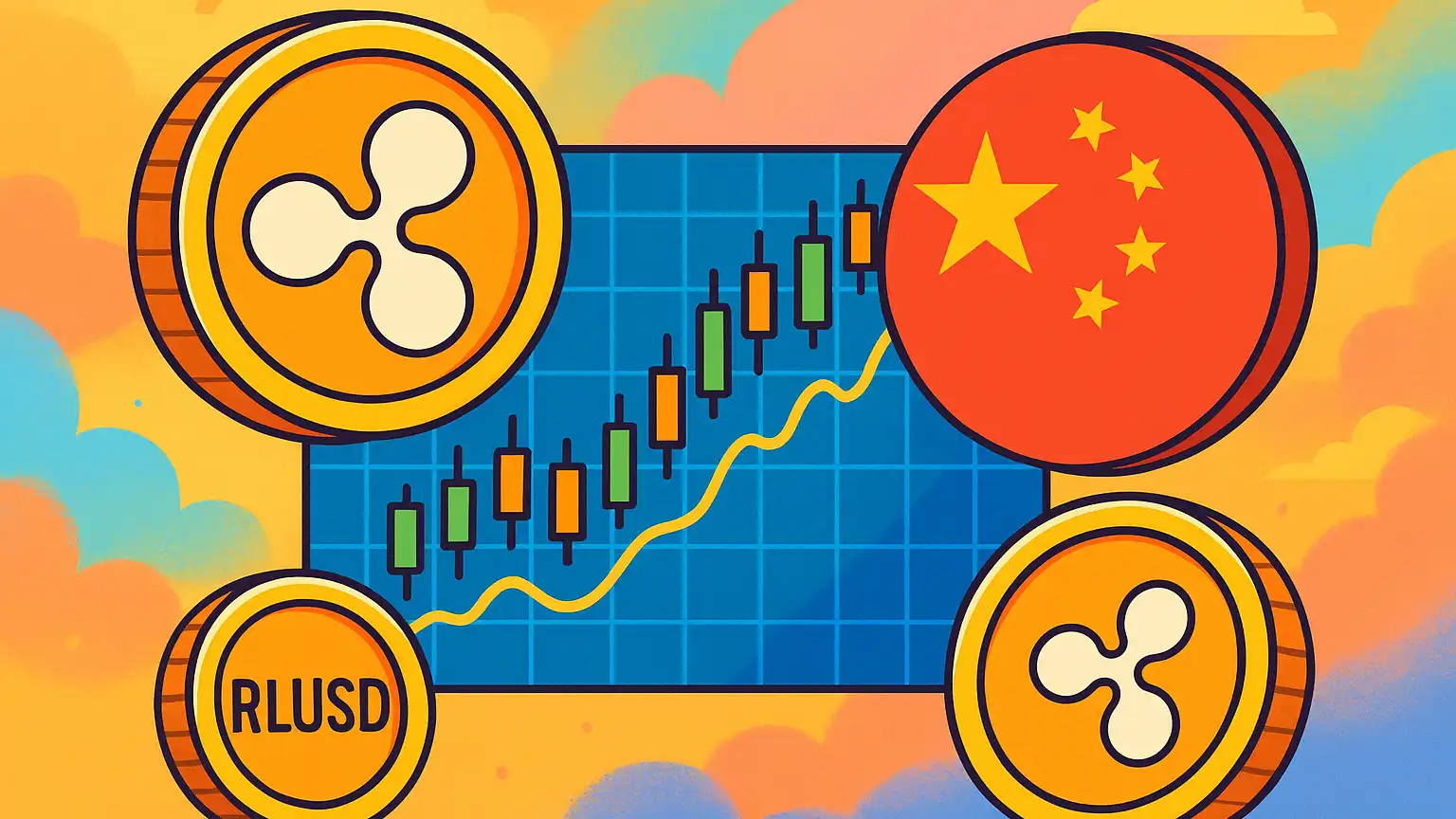China’s NPC Charts a Path for National Stablecoin
In a landmark development, the National People’s Congress has formed a dedicated committee to evaluate the viability of a sovereign stablecoin for trade settlements. Lawmakers are studying global frameworks to ensure regulatory compliance, capital flow controls, and seamless connectivity with existing financial infrastructures. The initiative is expected to accelerate pilot programs, laying the groundwork for a national digital asset that can coexist with emerging private stablecoins.
RLUSD’s Rapid Adoption in Asia
Meanwhile, Ripple’s US dollar-pegged stablecoin, RLUSD, is gaining significant momentum across key Asian markets. Since the start of the quarter, on-chain transactions have surged, and the token’s liquidity has deepened on multiple trading venues. Regional remittance corridors and merchant gateways are increasingly integrating RLUSD to reduce settlement times and lower transaction costs.
- Liquidity pools in Singapore and Hong Kong have doubled in size, boosting trading depth.
- Major e-commerce platforms now support RLUSD as a settlement option for cross-border purchases.
- Strategic partnerships with regional payment providers enable near-instant transfers.
Global Finance at the Cusp of Transformation
The parallel rise of national digital currencies and private stablecoins is redefining the cross-border payments landscape. By offering transparent reserve attestations and leveraging high-throughput ledgers, tokens like RLUSD are setting new standards for trust and efficiency. Market participants anticipate tighter collaboration between central bank digital currency pilots and established stablecoin networks, creating an interoperable ecosystem that can support trillions in daily value transfers.
Bottom Line
As both sovereign and private stablecoins gain regulatory support and technical maturity, they are poised to deliver faster, cheaper, and more inclusive financial services on a global scale.

